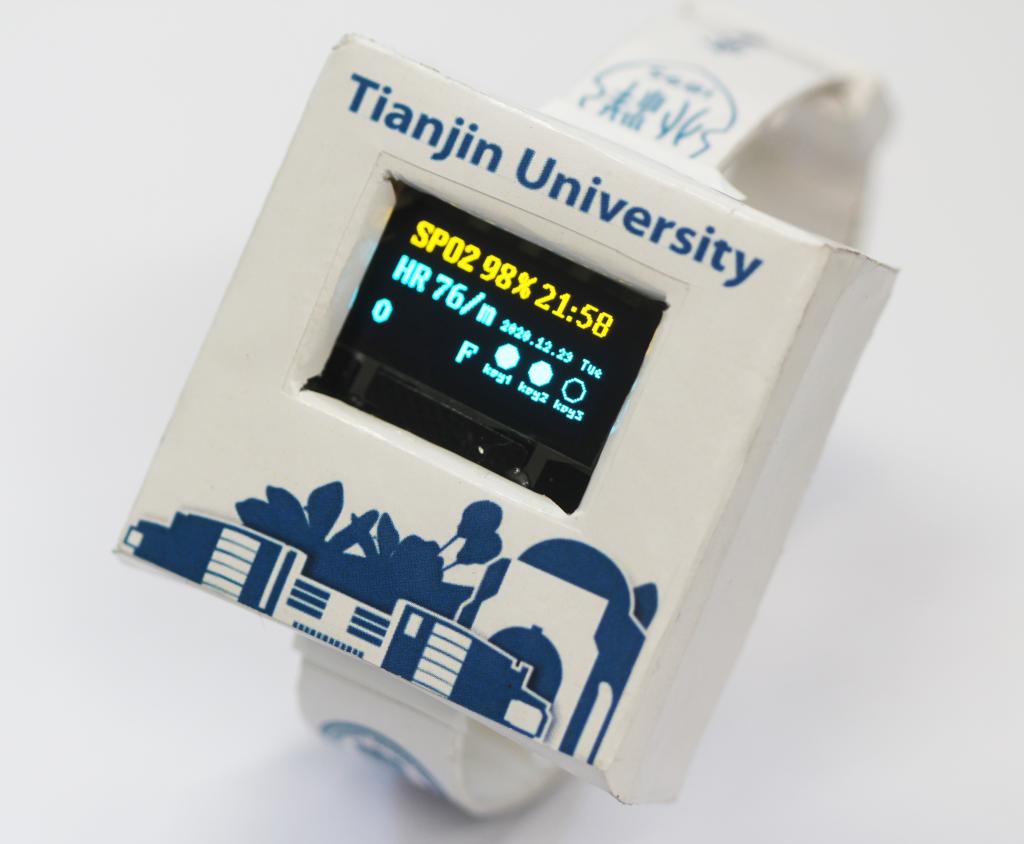With the rapid development of electronic technology, electronic products are widely loved by consumers worldwide. Global consumer electronics sales are showing an explosive growth trend, reaching 103.2 million dollars in 2019. The trend, however, is resulting in the explosive growth of electronic waste that is difficult to recycle and hazardous to the environment and human health. It is reported that more than 53.6 million tons of e-waste are generated globally per year. And the recycling of consumer electronics has become a thorny issue since most of the electronics recycling is too simplified, such as manual disassembly, open burning and acid leaching, thus generating hazardous substances such as PCBs, PBBs, PVC, lead, cadmium and mercury.

Transient electronics that can dissolve in water may potentially be adopted to tackle the issues of electronic waste; however, promising approaches to yield large-scale and high-performance transient consumer electronics have not yet been developed.
Prof. Huang Xian at Tianjin University and his colleagues explored creating transient small electronics that could safely dispose of themselves. Starting from the concept of "electronic products are environmentally friendly and easy to recycle", the team has developed water-soluble nanocomposite materials for the manufacture of electronic products. Here, the supreme performance of the transient circuits eventually leads to the first dissolvable smartwatch that offers the same functions and similar performance as conventional smartwatches but can dissolves in water within 40 hs. The device had sensors that accurately measure heart rates, blood oxygen levels and step counts, and transmit this data to a mobile phone app via a Bluetooth connection, just like conventional smartwatches. Its organic light-emitting diode (OLED) screen could also display data such as the date, time and messages from linked mobile phones, as well as the wearer life signs it monitored. The smartwatch's exterior could resist sweat, but once the whole device was fully immersed in water, the case and circuits dissolved completely within 40 hours. All that remained were the watch's components, such as the OLED screen and microcontroller, as well as resistors and capacitors formerly integrated into the circuits.

The researchers also noted the new composites are bioresorbable, meaning they can dissolve in the body, and display much better electrical and mechanical performance than other bioresorbable inks. "The new material has good biocompatibility and can be dissolved in the body, allowing the implanted device to disappear into the body after completing its function, with promising biomedical applications. Rest assured, however, that sweat does not dissolve it," Prof. Huang said.
The devices may reshape the appearance of consumer electronics and reform the electronics recycling industry by reducing recycling costs and minimizing environmental pollution and health hazard.
By Pu peiyang
Editor: Eva Yin